Saldívar, who made naïf landscapes in the style of traditional painted offerings called exvotos, lived from 1926 to 1974. His too-short life coincided neatly with the first half-century of Mexico’s national reinvention, precipitated by the violent, decade-long revolution that began in 1910. His family, part of the city’s economic elite, first bought the land in Tacubaya, part of an old hacienda, at the end of the 19th century.
By 1948, the architect Luis Barragán had completed work on his now-iconic home on the other side of a nearby park and encouraged his friends and acquaintances to start buying and building in the area. Saldívar, whose mother’s family hailed, like Barragán, from Guadalajara, hired an architect from the same city, Francisco Martínez-Negrete, to design his home.
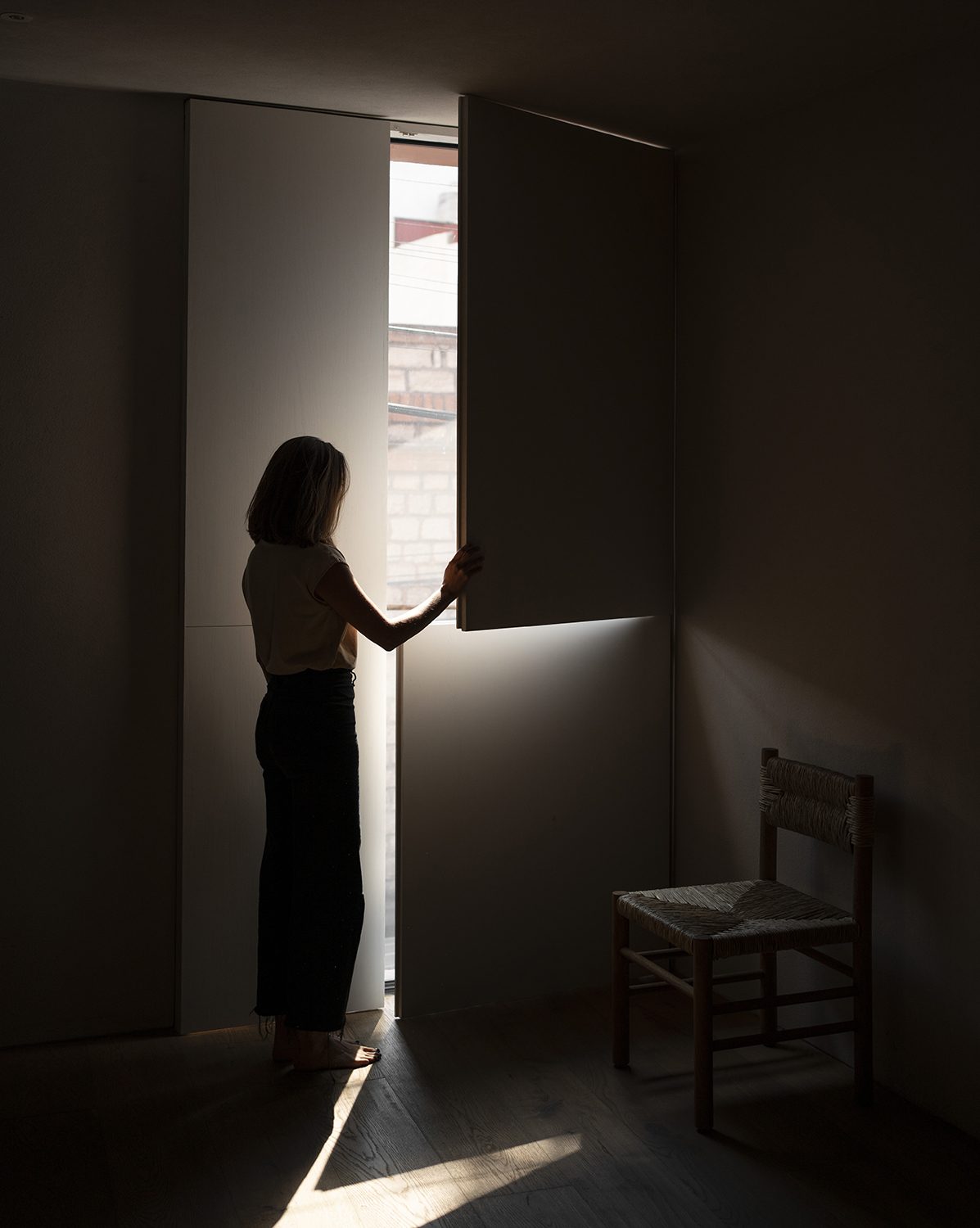
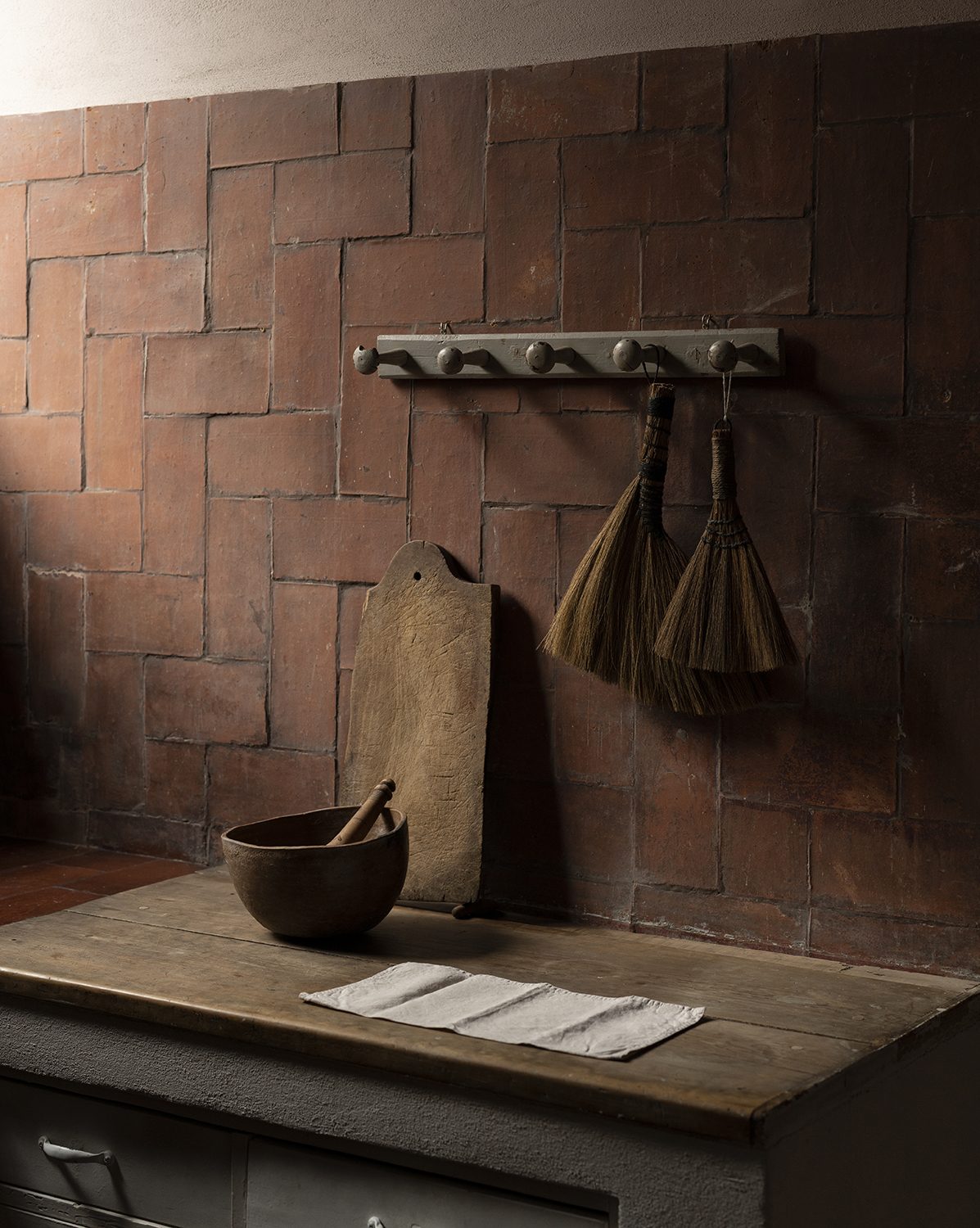
“They were ‘modernizing’ as far as they were concerned,” says Rafael Rivera, co-founder, along with his partner Javier Claverie, of Habitación 116, the Mexico City-based interiors firm that led the house’s renovation. “Our intervention was mostly an attempt to return the house to what we believe it might have been, to the style and the way of doing things that came from these architects in Guadalajara—not just Barragán, but all the people around him.”“They were ‘modernizing’ as far as they were concerned,” says Rafael Rivera, co-founder, along with his partner Javier Claverie, of Habitación 116, the Mexico City-based interiors firm that led the house’s renovation. “Our intervention was mostly an attempt to return the house to what we believe it might have been, to the style and the way of doing things that came from these architects in Guadalajara—not just Barragán, but all the people around him.”
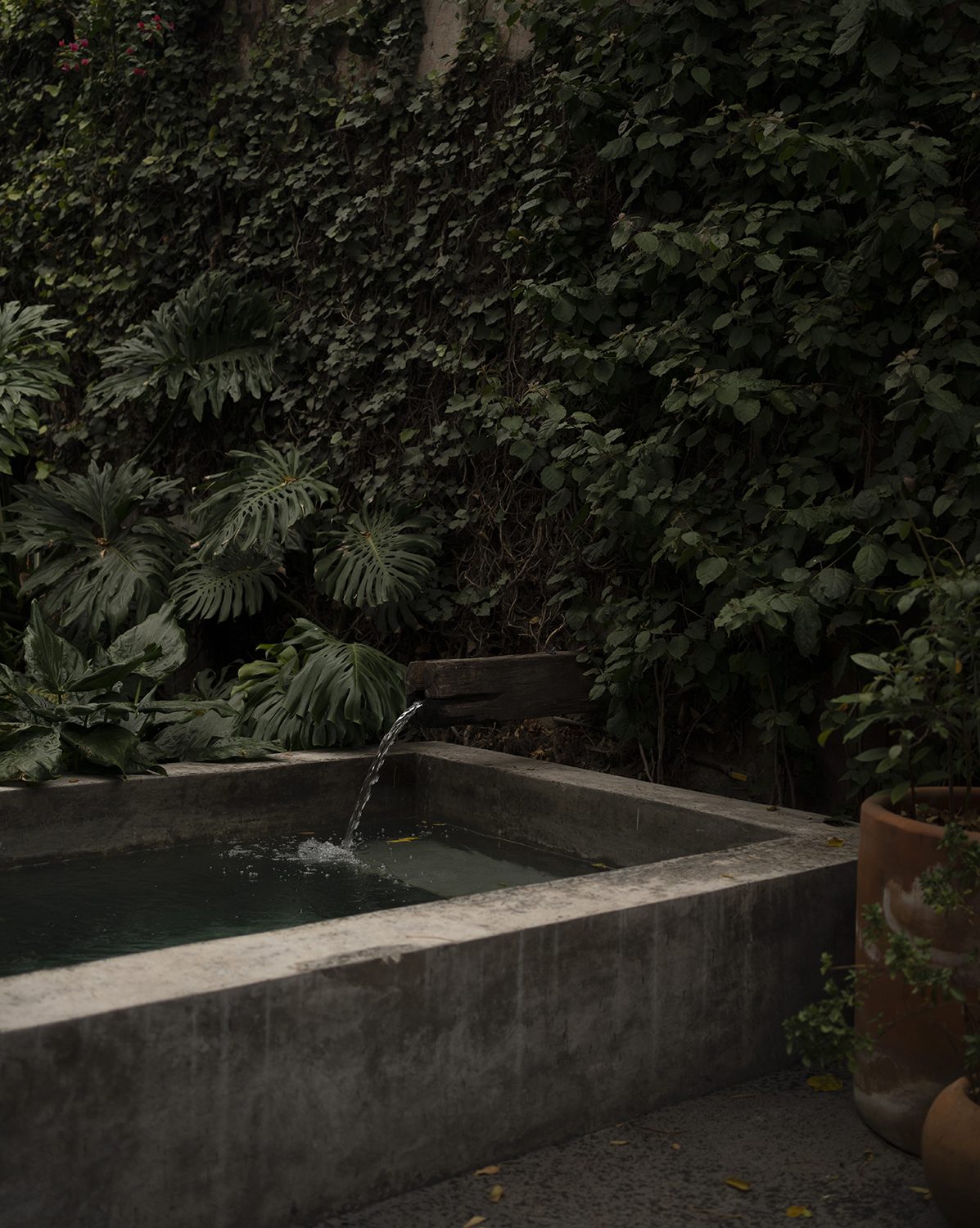
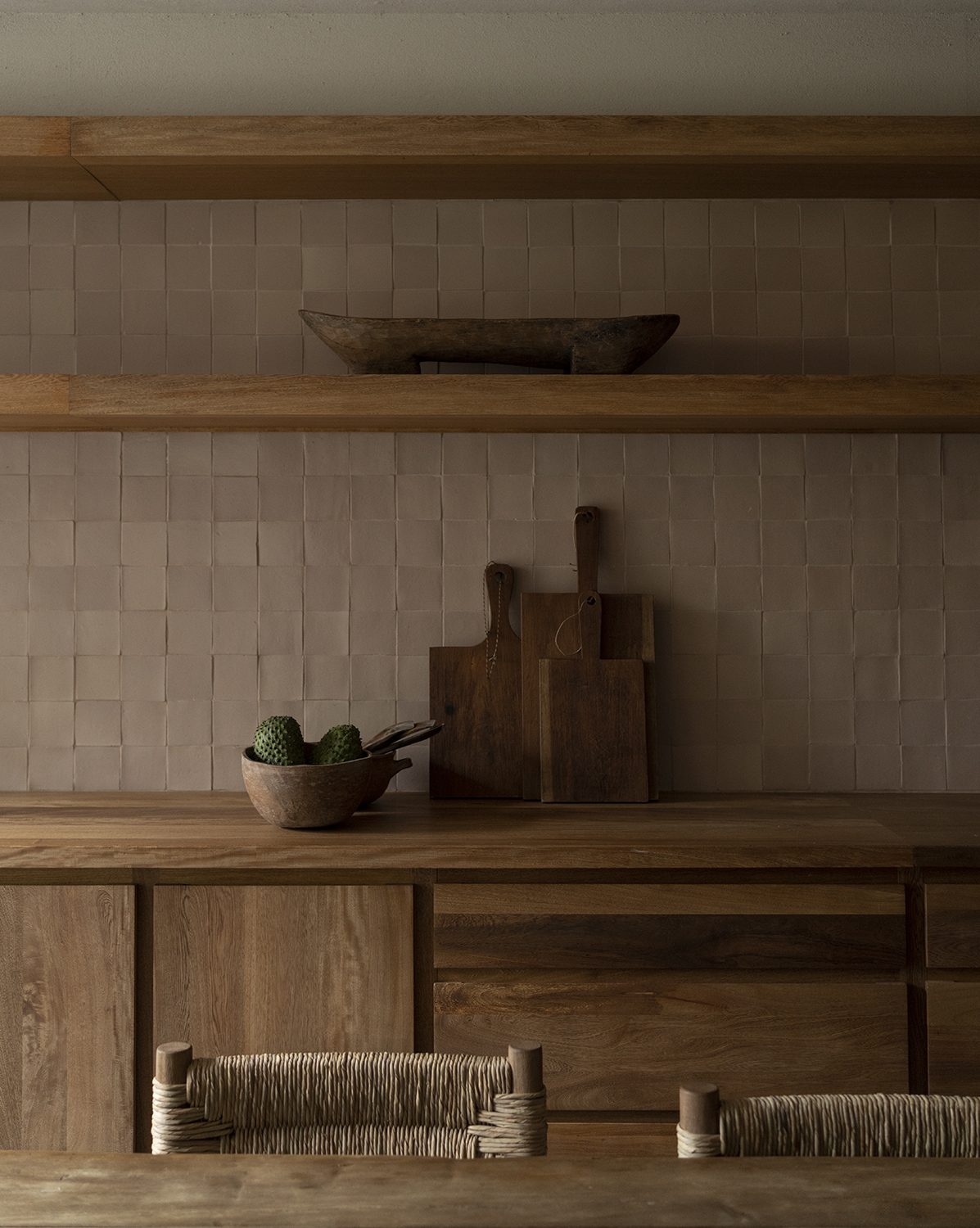
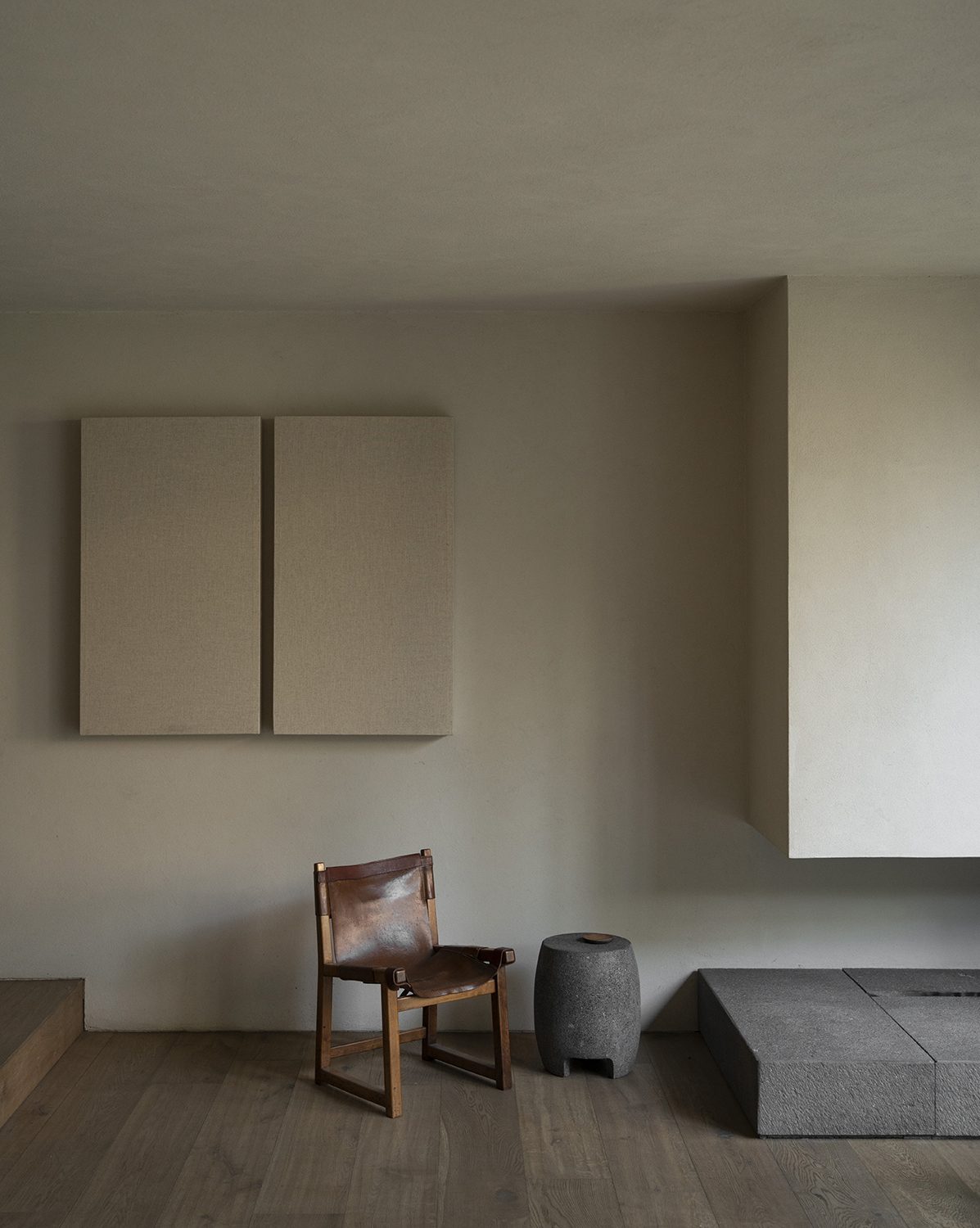
It is also, to no small extent, the beauty of Mexico City. All these decades later, Mexico’s sprawling capital is a radically different place from the city portrayed in Buñuel’s film and Saldívar’s paintings. And yet in certain corners and at certain moments, when the sun falls through the canopy of a centuries-old fresno or a car rattles down a cobbled lane, it resembles the collection of villages it once was, becoming a picture of its own past, no less cruel and no less lovely. At those moments, the future becomes a specter on the horizon, a blank page of concrete rising in the distance, still new and full of possibility.




